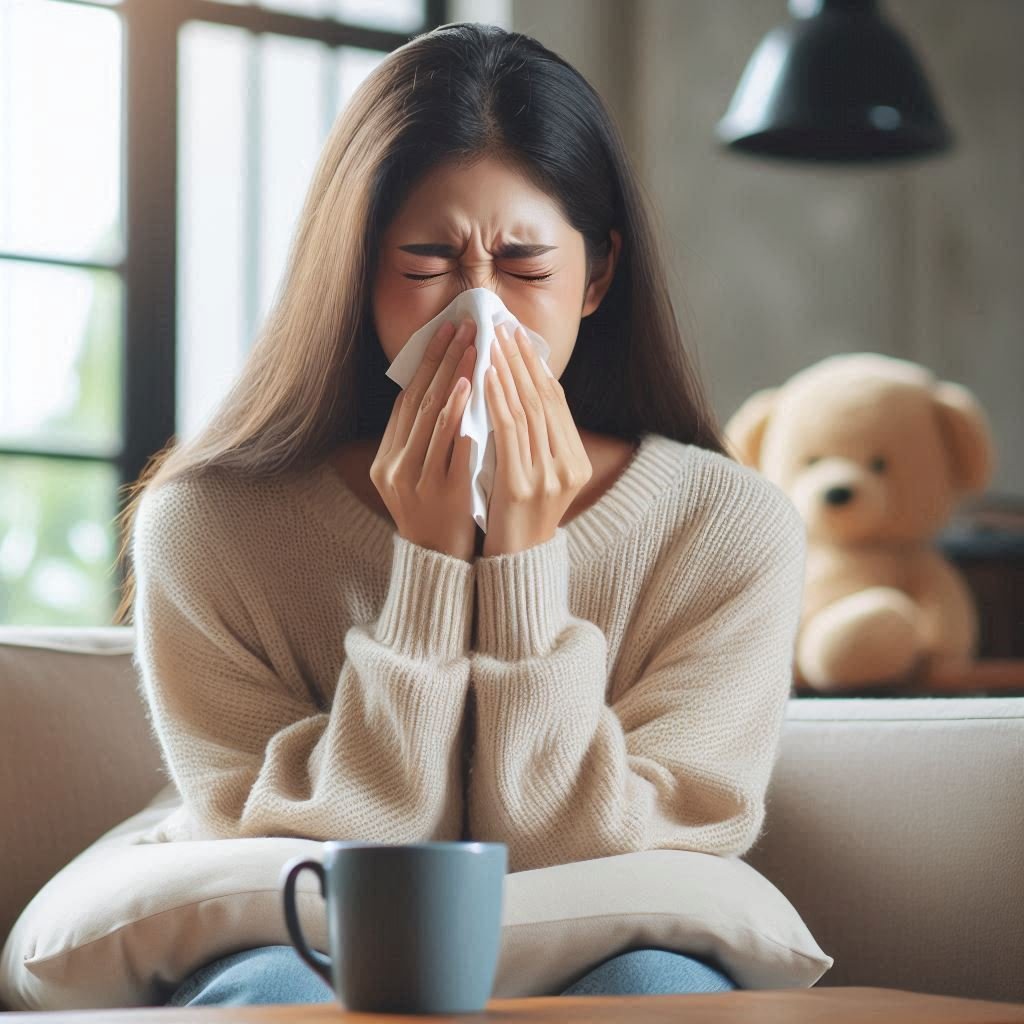
Allergies are a widespread and complex health concern that impacts individuals globally, cutting across all age groups and demographics. This condition arises when the immune system, which is designed to protect the body from harmful substances, mistakenly identifies harmless substances, such as pollen, certain foods, or animal dander, as dangerous invaders. Upon encountering these allergens, the immune system mounts an exaggerated response, producing antibodies known as Immunoglobulin E (IgE) and triggering the release of histamines and other chemicals. These substances, in turn, lead to a cascade of symptoms, ranging from mild discomfort, such as sneezing or itching, to severe and life-threatening reactions, including anaphylaxis. The exact reasons behind the immune system’s hypersensitivity remain under intense scientific investigation, though a combination of genetic predisposition, environmental factors, and modern lifestyle changes, such as reduced microbial exposure in early childhood, is believed to contribute significantly to the development of allergies.
Furthermore, the increasing prevalence of allergies worldwide has raised concerns among healthcare professionals, sparking discussions about the “hygiene hypothesis.” This theory suggests that growing up in excessively sanitized environments limits the natural exposure to microbes necessary for immune system development, potentially increasing susceptibility to allergic conditions. Additional factors, such as urbanization, pollution, and dietary habits, have also been implicated in this rising trend. These elements highlight the intricate interplay between genetics and the environment in the manifestation of allergies. Despite these insights, there is still much to uncover about why some individuals develop allergies while others remain unaffected, underscoring the need for continued research into this multifaceted health issue.
Respiratory Allergies: The Impact of Airborne Triggers
Respiratory allergies, one of the most common forms of allergic reactions, are caused by airborne allergens such as pollen, dust mites, mold spores, and pet dander. These microscopic particles, often invisible to the naked eye, can easily be inhaled into the respiratory system, where they interact with the immune system and provoke allergic responses. Individuals suffering from respiratory allergies often experience symptoms such as sneezing, nasal congestion, watery eyes, and wheezing, which can significantly impact their quality of life, particularly during certain seasons when pollen levels are high. In more severe cases, these allergic reactions can lead to chronic conditions such as allergic rhinitis or asthma, both of which require ongoing management and intervention.
The burden of respiratory allergies extends beyond physical discomfort, as the constant presence of symptoms can disrupt daily routines, hinder productivity, and impair overall well-being. For many, avoiding exposure to airborne allergens is challenging, particularly in urban environments where air pollution exacerbates allergic reactions. Advanced diagnostic tools, such as skin prick tests and blood tests, allow healthcare providers to identify specific allergens, enabling patients to take targeted measures to mitigate their exposure. Effective management often involves a combination of pharmacological treatments, including antihistamines, decongestants, and inhalers, alongside lifestyle adjustments, such as using air purifiers and keeping living spaces clean and allergen-free.
Food Allergies: Understanding Dietary Triggers
Food allergies represent a unique category of allergic reactions, as they involve the immune system mistakenly attacking certain proteins found in specific foods. Common allergens include nuts, shellfish, eggs, milk, wheat, soy, and fish, all of which can provoke varying degrees of immune responses in susceptible individuals. Symptoms of food allergies can range from mild, such as hives, itching, or gastrointestinal discomfort, to severe and potentially life-threatening reactions, such as anaphylaxis, which requires immediate medical attention. These reactions often occur within minutes to a few hours after consuming the allergenic food, making it essential for individuals with known food allergies to remain vigilant about their dietary choices.
The increasing prevalence of food allergies has prompted extensive research into their underlying causes, with scientists exploring the roles of genetic, environmental, and lifestyle factors. Cross-contamination in food preparation and the hidden presence of allergens in processed foods present significant challenges for affected individuals, necessitating clear labeling and public awareness initiatives. Advances in treatment approaches, such as oral immunotherapy, offer hope for desensitizing patients to specific allergens over time, but strict avoidance of trigger foods remains the cornerstone of managing food allergies. Education and preparedness, including the availability of emergency epinephrine injectors, are crucial for minimizing risks and ensuring the safety of individuals with food allergies.
Skin Allergies: Reactions on the Body’s Largest Organ
Skin allergies occur when the skin comes into contact with allergens or irritants, triggering an immune response that manifests as redness, itching, swelling, or rashes. Common culprits include chemicals in cosmetics, fragrances, detergents, and certain metals, such as nickel, which are frequently used in jewelry. Additionally, conditions such as eczema (atopic dermatitis), hives (urticaria), and contact dermatitis fall under the broad spectrum of skin allergies, each presenting unique challenges and symptoms. These reactions can range from localized irritation to widespread inflammation, significantly affecting an individual’s physical comfort and self-esteem.
Managing skin allergies requires a comprehensive understanding of triggers, as well as careful attention to skincare routines and environmental factors. Dermatologists often recommend patch testing to identify specific allergens and advise patients to avoid contact with these substances. Treatments typically include topical corticosteroids, antihistamines, and moisturizers to alleviate symptoms and restore the skin’s barrier function. Beyond medical interventions, lifestyle adjustments, such as choosing hypoallergenic products, wearing protective clothing, and maintaining a humidified environment, can significantly reduce the frequency and severity of skin allergy flare-ups. By adopting a proactive approach to management, individuals with skin allergies can achieve greater comfort and control over their condition.




